Navigating the complexities of U.S. billing addresses can be a daunting task, especially for those new to the country or unfamiliar with its systems. Whether you're setting up an online account, applying for a credit card, or simply trying to receive a package, understanding how billing addresses work in the United States is crucial. The process may seem straightforward, but there are nuances that can trip up even the most diligent individuals.
At its core, a billing address is the address associated with a payment method, such as a credit or debit card. It serves as a verification tool for financial transactions, ensuring that the person making the purchase is the legitimate cardholder. This address must match the one on file with the bank or financial institution that issued the card. Failure to provide the correct billing address can result in declined transactions, delayed shipments, or even frozen accounts.
The importance of accuracy cannot be overstated. A single typo—a misplaced digit in the ZIP code or an incorrect apartment number—can lead to significant headaches. For instance, online retailers often use Address Verification Systems (AVS) to cross-check the billing address provided during checkout with the one on record at the bank. If the two don’t match, the transaction may be flagged or canceled altogether. This system is designed to prevent fraud, but it can also create obstacles for well-intentioned customers.
One common point of confusion is the difference between a billing address and a shipping address. While the billing address is tied to the payment method, the shipping address is where the purchased items are delivered. These can be the same, but they don’t have to be. Many people use their home address as their billing address but ship packages to their workplace or a P.O. box. However, some retailers or financial institutions may have restrictions on shipping addresses, particularly if they’re outside the U.S. or associated with freight forwarding services.
For expatriates or international students, the U.S. billing address system can present additional challenges. Some banks require a U.S. residential address to issue a credit card, which can be problematic for those who haven’t yet secured long-term housing. In such cases, using a trusted friend’s address or a mail-forwarding service might be a temporary solution, but it’s essential to update the address as soon as possible to avoid complications. Additionally, some online services may not accept foreign billing addresses, limiting access to certain platforms or products.
Another layer of complexity arises with virtual mailboxes and P.O. boxes. While these can be convenient for receiving mail, not all financial institutions or retailers accept them as valid billing addresses. Credit card companies, in particular, often require a physical street address for verification purposes. This policy is rooted in fraud prevention, as virtual addresses can sometimes be associated with illicit activities. Before relying on a P.O. box or virtual mailbox, it’s wise to confirm whether it will be accepted by the entities you’re dealing with.
For those who move frequently, keeping billing addresses up to date is critical. Neglecting to update your address with your bank or credit card issuer can lead to missed statements, late fees, or even identity theft if sensitive documents are sent to the wrong location. Most financial institutions make it relatively easy to update your billing address online or via their mobile apps, but it’s a task that often falls by the wayside amid the chaos of relocation.
Small businesses and freelancers also face unique challenges when it comes to billing addresses. Many sole proprietors operate out of their homes but may prefer not to use their residential address for business transactions. In such cases, renting a mailbox at a commercial mail receiving agency (CMRA) can provide a professional alternative. However, as with P.O. boxes, not all clients or vendors may accept this arrangement. It’s always best to communicate openly about billing address requirements to avoid misunderstandings.
The rise of digital nomadism has further complicated the billing address landscape. Individuals who travel extensively or live abroad may struggle to maintain a consistent U.S. billing address, which can be problematic for services that require one. Some opt to use family members’ addresses or employ specialized mail-handling services, but these solutions aren’t foolproof. As remote work becomes more prevalent, it’s possible that financial institutions and retailers will adapt their policies to accommodate this lifestyle, but for now, it remains a hurdle for many.
In conclusion, while the concept of a U.S. billing address may seem simple, its practical applications are anything but. From fraud prevention measures to the nuances of shipping versus billing, there’s a lot to consider. Whether you’re a long-time resident or new to the country, taking the time to understand these intricacies can save you from frustration down the line. Always double-check your information, stay proactive about updates, and don’t hesitate to reach out to customer service if you encounter issues. After all, in the world of financial transactions, accuracy is everything.
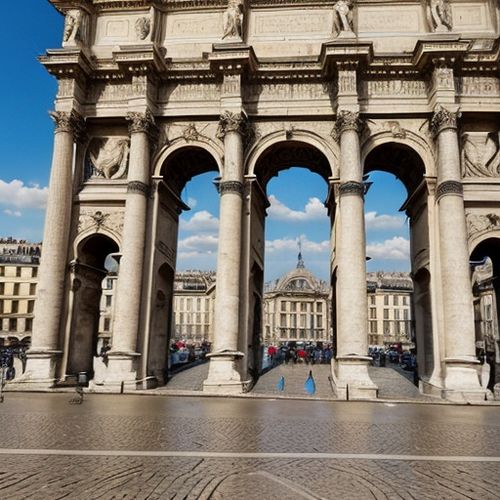
By Laura Wilson/Apr 14, 2025

By Joshua Howard/Apr 14, 2025

By John Smith/Apr 14, 2025
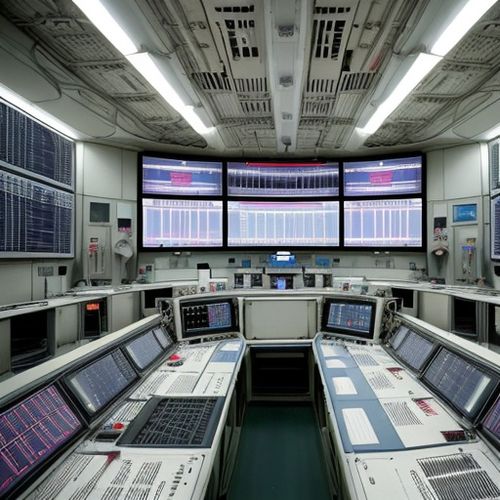
By George Bailey/Apr 14, 2025

By Thomas Roberts/Apr 14, 2025

By Amanda Phillips/Apr 14, 2025
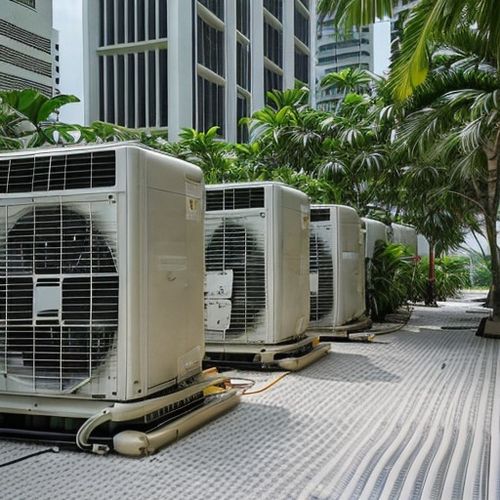
By Daniel Scott/Apr 14, 2025

By John Smith/Apr 14, 2025

By Amanda Phillips/Apr 14, 2025

By Christopher Harris/Apr 14, 2025

By Eric Ward/Apr 14, 2025

By Eric Ward/Apr 14, 2025
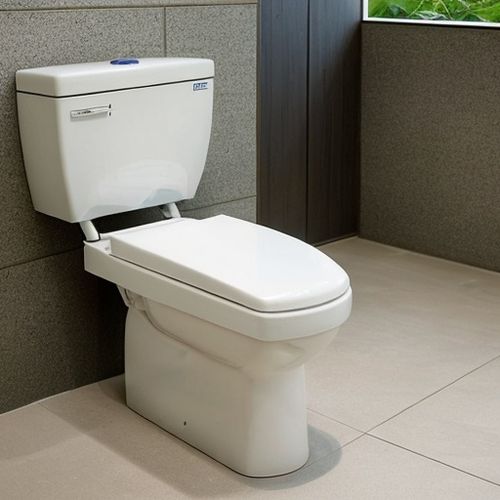
By David Anderson/Apr 14, 2025

By Thomas Roberts/Apr 14, 2025

By Grace Cox/Apr 14, 2025
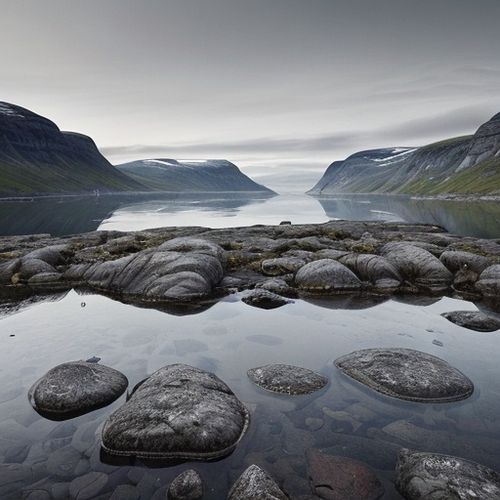
By George Bailey/Apr 14, 2025

By Ryan Martin/Apr 14, 2025

By Thomas Roberts/Apr 14, 2025
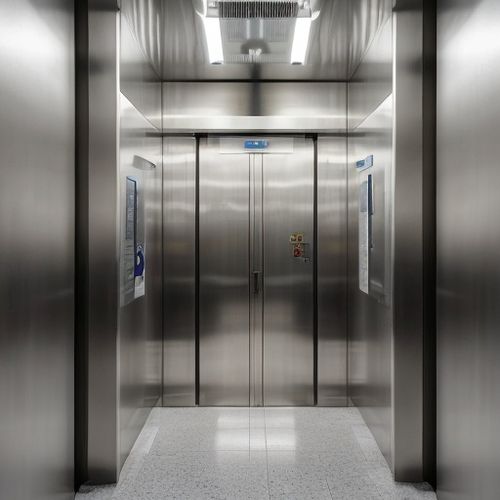
By Samuel Cooper/Apr 14, 2025

By Rebecca Stewart/Apr 14, 2025